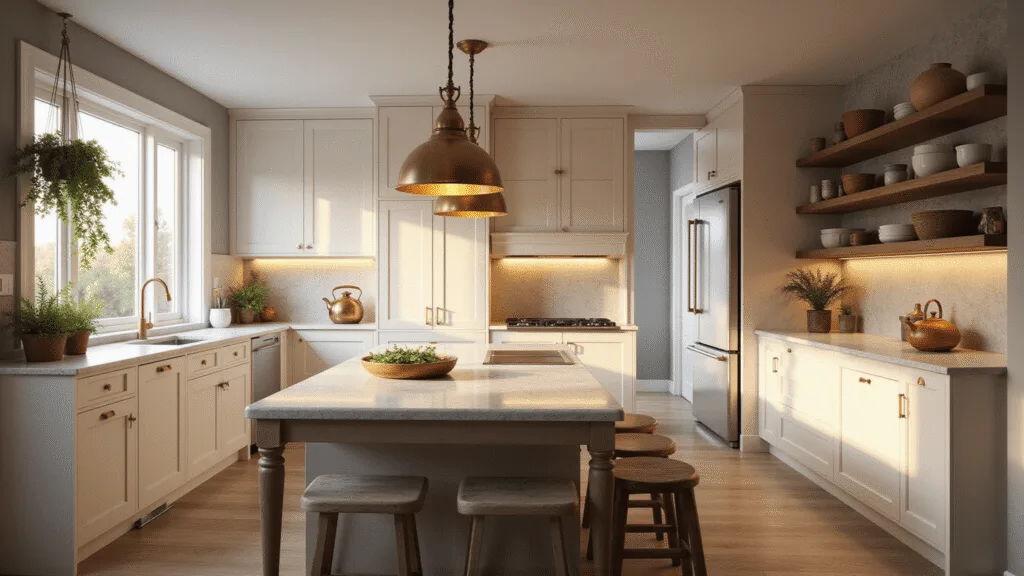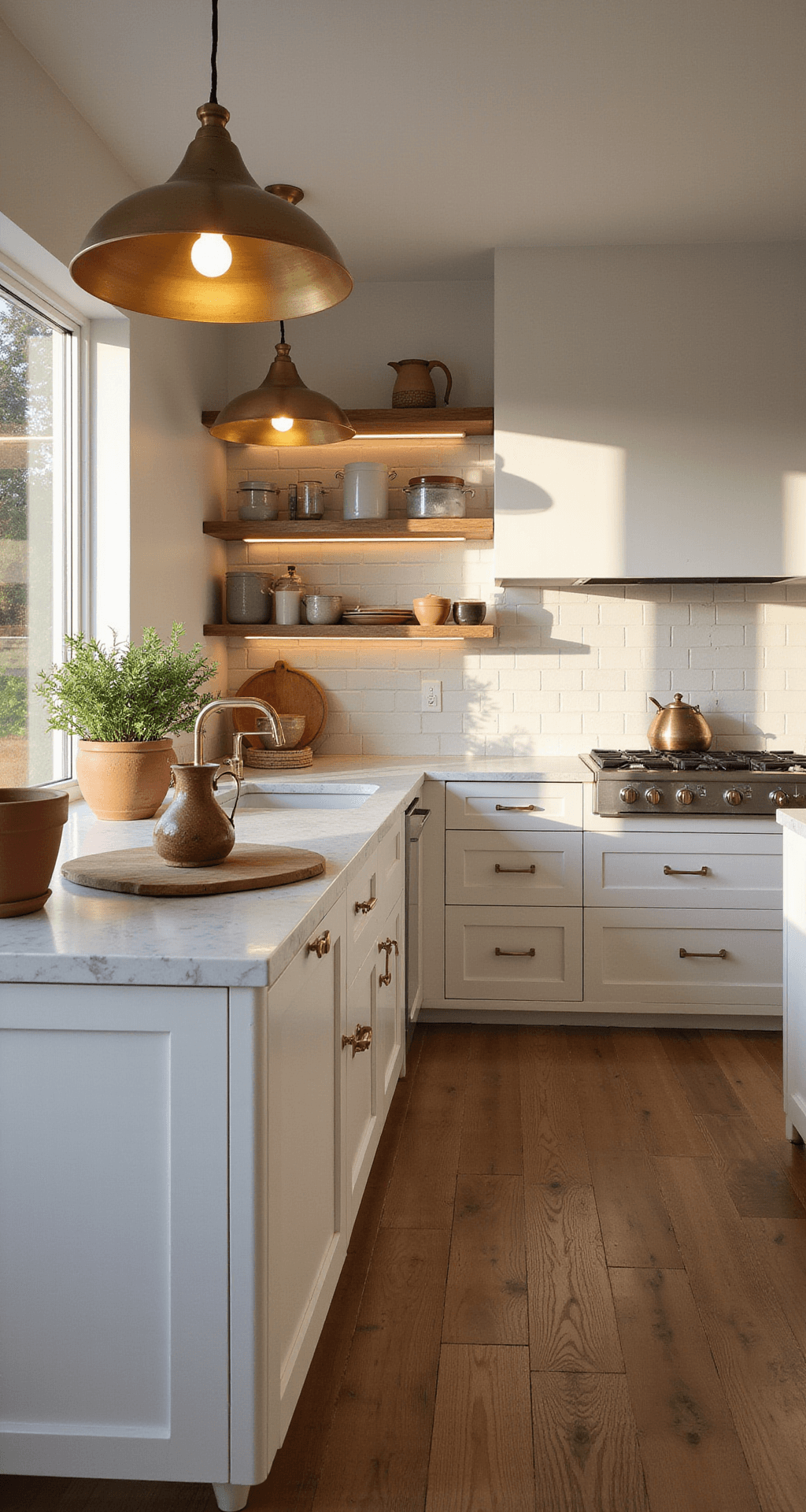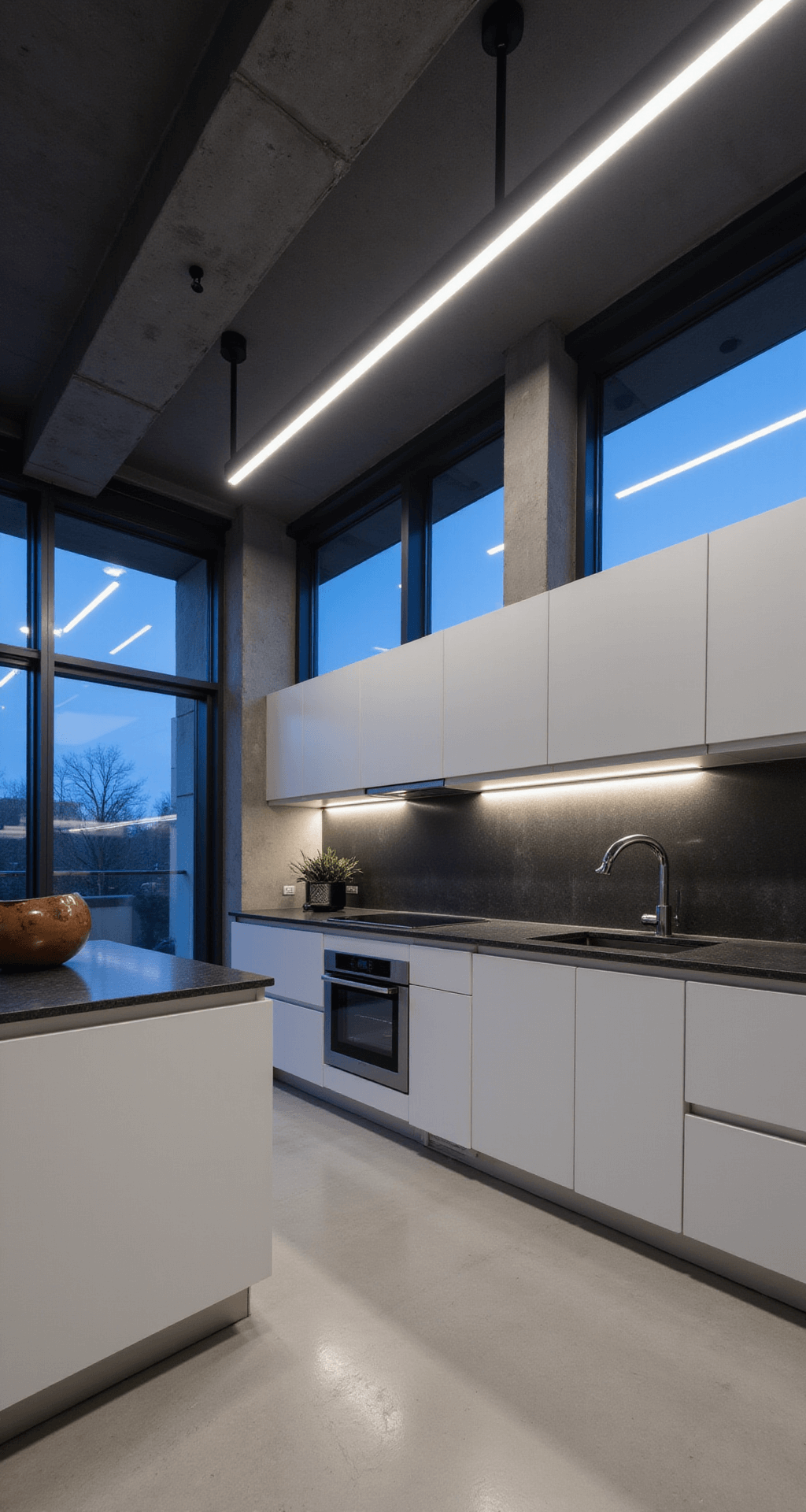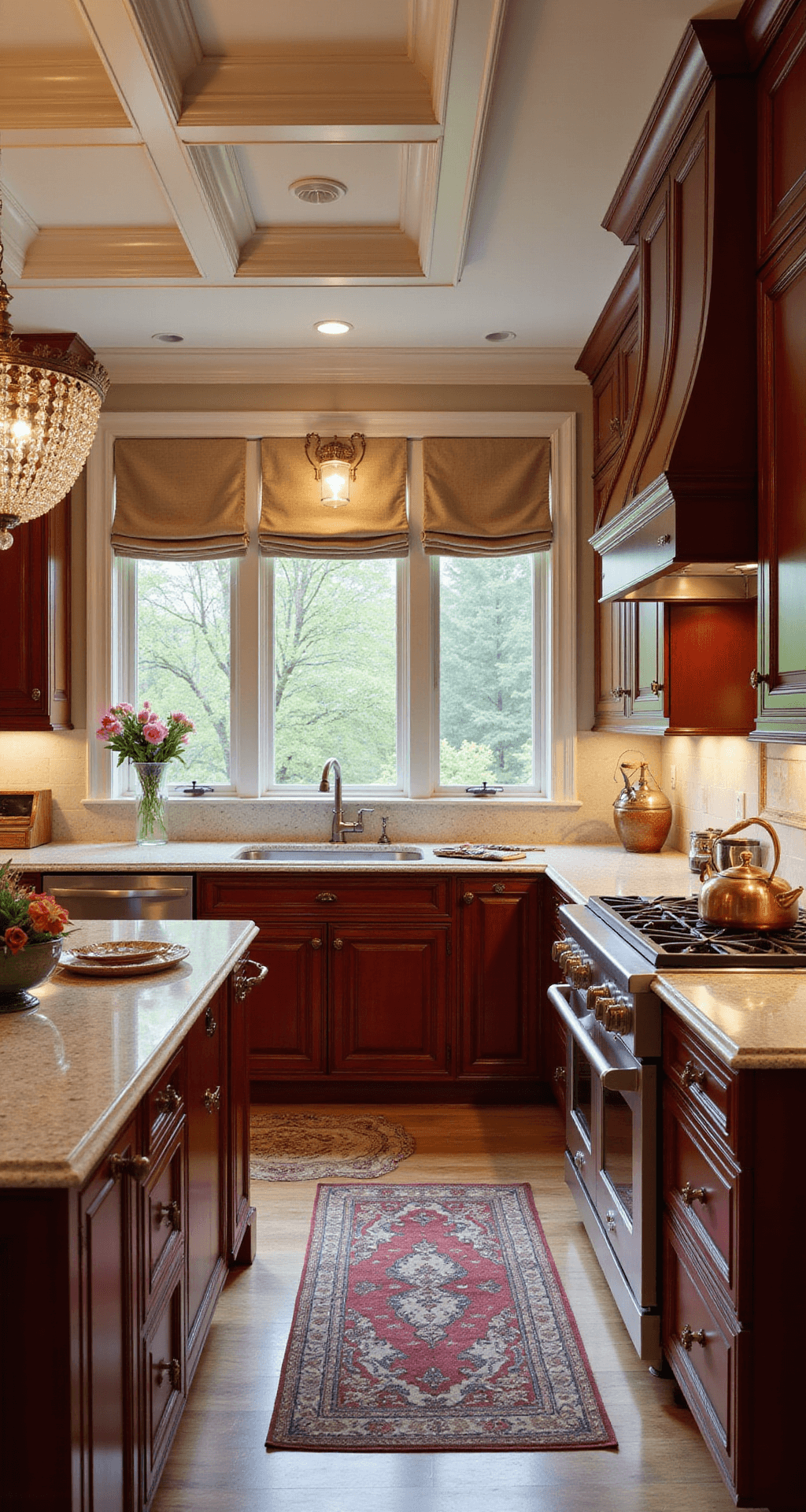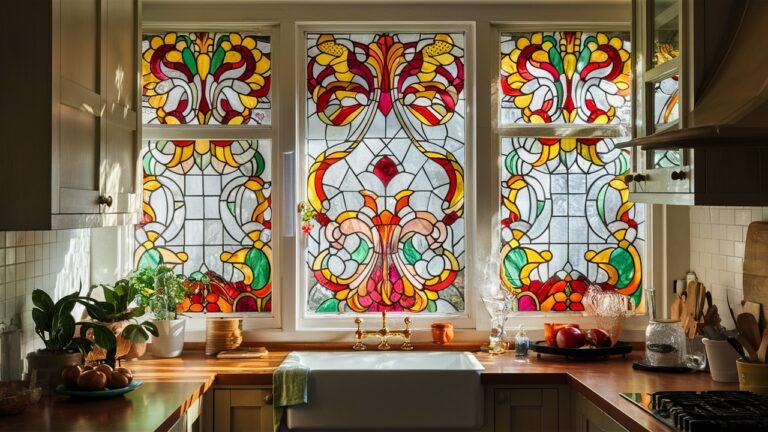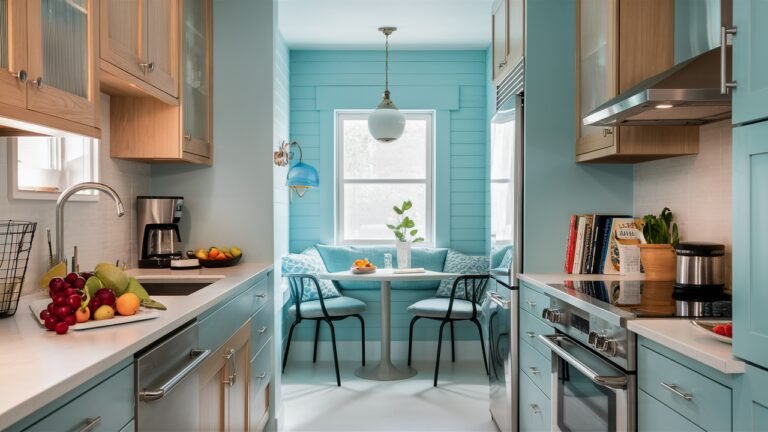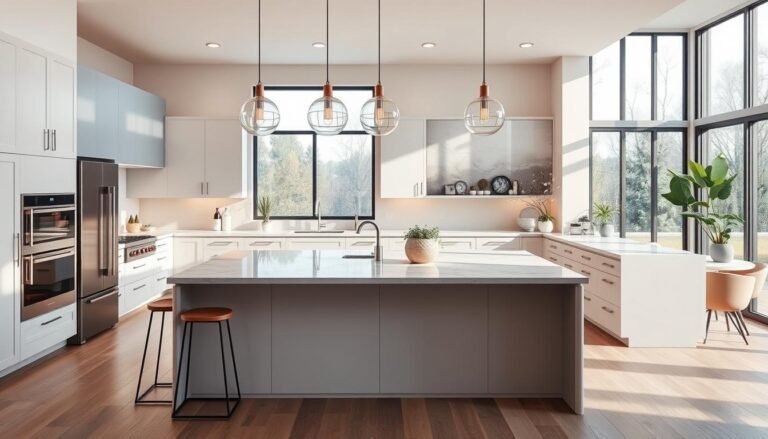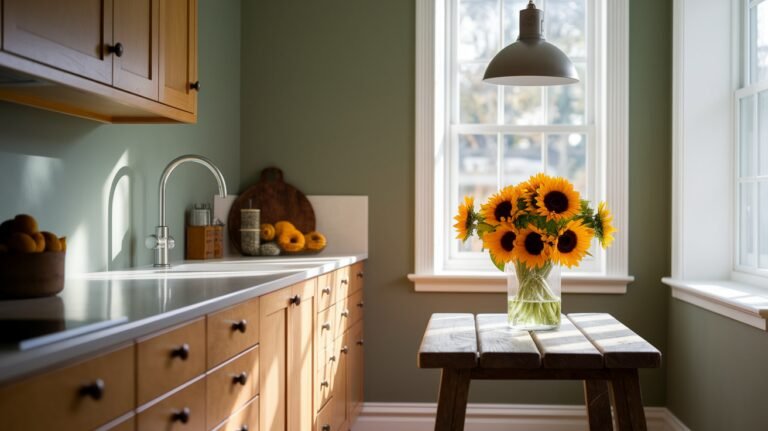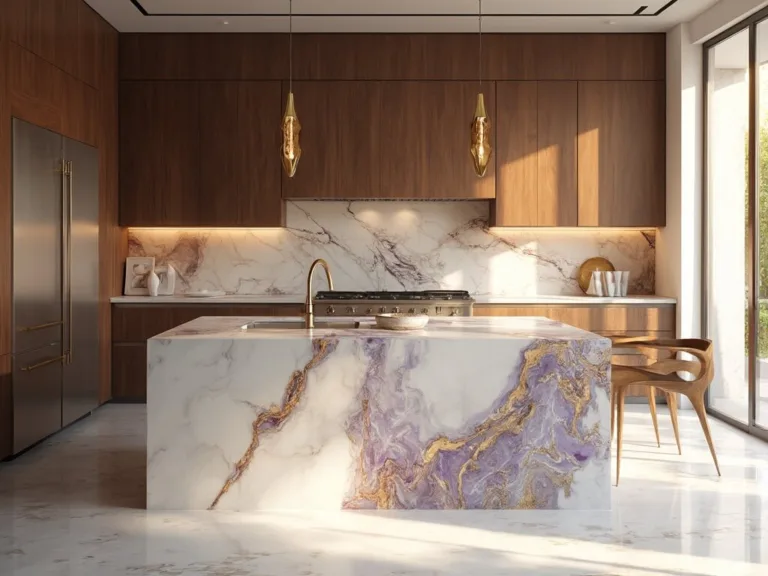This post may contain affiliate links. Please see my disclosure policy for details.
Mastering Kitchen Lighting: A Comprehensive Guide to Creating the Perfect Culinary Atmosphere
Contents
Are you tired of squinting in your kitchen or feeling like the lighting makes your space feel cold and uninviting?
Kitchen lighting isn’t just about brightness—it’s about creating a functional, welcoming environment where cooking becomes a joy and entertaining feels effortless.
Why Proper Kitchen Lighting Matters
Every home chef knows that good lighting can transform your cooking experience. It’s not just about seeing what you’re chopping—it’s about creating an atmosphere that makes your kitchen feel alive.
The Three-Layer Lighting Approach
1. Ambient Lighting: The Foundation
- Ceiling fixtures that provide overall illumination
- Recessed lights creating a soft, even glow
- Flush-mount or chandelier options for broader coverage
2. Task Lighting: Precision and Functionality
- Under-cabinet LED strips
- Focused lighting over countertops and cooking areas
- Eliminates shadows and improves workspace visibility
3. Accent Lighting: Adding Personality
- Highlight architectural features
- Create depth and visual interest
- Showcase decorative elements like backsplashes or unique cabinetry
Choosing the Right Bulbs: It’s More Than Just Brightness
Color Temperature Secrets
- Warm White (2700K-3000K): Creates an inviting, cozy atmosphere
- Avoid Cool Whites (>3000K): They make kitchens feel sterile and harsh
Lumens and Placement: The Technical Sweet Spot
- Calculate Lumens: Kitchen square footage × 10-20 foot-candles
- Pendant Height: 30-36 inches above counters
- Recessed Lights: Position 24 inches from walls
Pro Tips for Shadow-Free, Glare-Free Lighting
Shadow-Busting Strategies
- Use multiple smaller fixtures
- Overlap lighting beams
- Install under-cabinet lighting
Dimmer Switches: Your Lighting Chameleon
- Adjust intensity for cooking, dining, or relaxing
- Create instant mood transformation
- Increase energy efficiency
Common Lighting Mistakes to Dodge
❌ Avoid These Lighting Fails
- Single-source lighting
- Overly bright, cool-toned bulbs
- Lights that create awkward shadows
Final Illumination Insights
Your kitchen lighting should be as versatile as you are—supporting everything from quick breakfasts to elaborate dinner parties.
Quick Checklist
- ✅ Layer your lighting
- ✅ Choose warm-toned LEDs
- ✅ Use dimmers
- ✅ Consider natural light
- ✅ Match fixtures to kitchen style
Pro Tip: Treat your kitchen lighting like a carefully composed recipe—balance, technique, and a dash of personal flair make all the difference.
Remember, great kitchen lighting isn’t about spending a fortune—it’s about smart choices that make your space feel uniquely yours.

